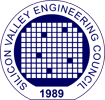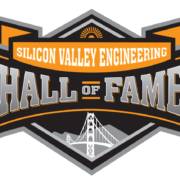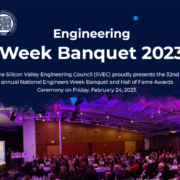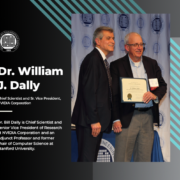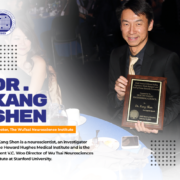Call for Nominations: Silicon Valley Engineering Hall of Fame 2024
Call for Nominations: Silicon Valley Engineering Hall of Fame 2024
Nominations Page: www.svec.org/nominations/
The Silicon Valley Engineering Council (SVEC) is now accepting nominations for the prestigious 2024 Silicon Valley Engineering Hall of Fame (HoF) Award. This honor is given annually to exceptional engineers, technology leaders, and scientists within Silicon Valley who have made significant contributions both professionally and to the greater community.
Selection Criteria Inductees will be chosen based on:
- Professional Achievement (50%): Demonstrating significant engineering or technical accomplishments, guidance in new and developing fields, and noteworthy contributions in design, manufacturing, production, or service through the use of engineering principles and applications.
- Service To The Profession (30%): Significant contributions to one or more technical societies.
- Service To The Community (20%): Significant community service activities or noteworthy advice to governmental committees.
Applications Nomination applications must adhere to the following guidelines:
- Typed, organized, and professional presentation.
- Clearly labeled information using the requested headings.
- Limit of 10 pages for responses and one page each for the three required reference letters (13-page total).
- Submit the original and 10 copies of the application.
- Applications should be reproducible on a standard black & white copier.
- Do not include journal or magazine articles, company brochures, or similar materials.
- Silicon Valley Engineering Council letterhead is not to be used.
- Applications cannot be submitted by fax or email.
- All applications must be signed and dated by the nominator(s).
- Include all requested information (as listed on the website).
Deadline The deadline for submitting HoF applications is 5:00 pm, Friday, October 13, 2023.
Application Process For instructions on how to mail your applications, please email “HoF @ svec.org”. Faxes and emails will not be accepted.
Selection Process The Awards Committee will review only those applications that conform to the Application Standards and Requested Information. After reviewing the nominations, the Committee may select one or more nominees for induction into the Hall of Fame. Recipients are required to attend the Induction Ceremony during the Engineers Week Banquet in February 2024.
Each nomination application, if not selected, will be retained and reviewed for two additional years.
For more information on the nomination criteria and to download the application forms, visit the Silicon Valley Engineering Council website.
We look forward to your nominations and recognizing the exceptional contributions of our community’s engineering leaders. Celebrate these achievements and inspire future innovation by nominating a deserving individual for the Silicon Valley Engineering Hall of Fame 2024.
